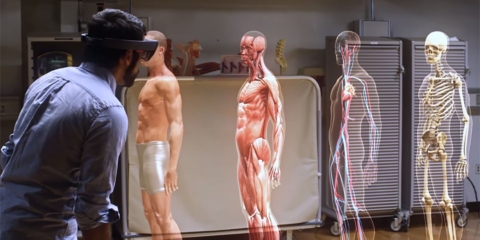Would you like to get notifications from Christian?
There's been much buzz lately about flying cars. With several different companies working on developing a commercially viable model, it's safe to say that the flying car trend is on the rise. Alef Aeronautics is one of the leading companies in this space, and their latest flying car prototype is impressing Tesla investors. Here's a look at what makes Alef Aeronautics' flying car unique.
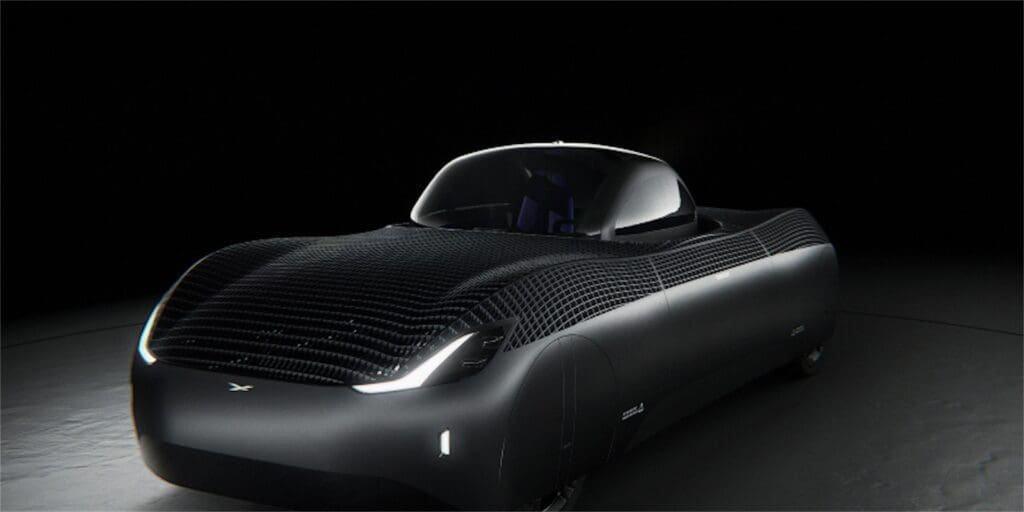
Alef Aeronautics' flying car is equipped with a distributed electric propulsion system, making it much quieter than other flying cars on the market. It has no exposed propellers and an extensive software flight stabilization and safety system. Regarding takeoff and landing, the Alef Aeronautics flying car can perform vertical takeoffs and landings, as well as street driving. The Alef “Model A” flying car has a driving range of 200 miles and a flight range of 110 miles. Alef has been test-driving and flying the full-size prototype since 2019.
Another key selling point of the Alef Aeronautics flying car is its safety features. The car comes with a triple to octuple redundancy of all critical components, real-time thousand-point diagnostic, and an elevon stabilization system. All these features combine to create a flying car that is incredibly safe and easy to operate.
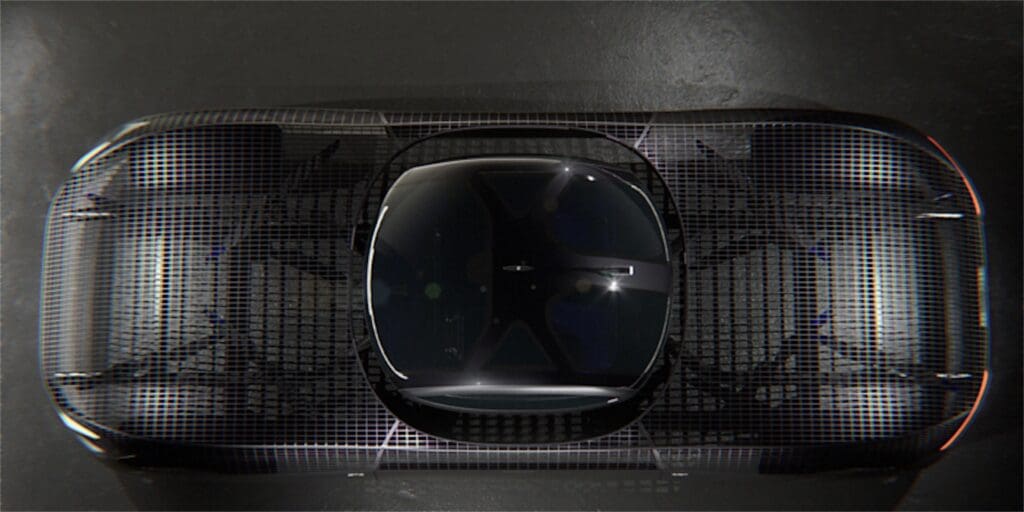
Conclusion:
The flying car industry is heating up, and Alef Aeronautics is leading the charge with its innovative new prototype. With its distributed electric propulsion system, vertical takeoff ability, and robust safety features, Alef Aeronautics' flying car is sure to turn heads and make waves in the transportation industry.
Author: Christian Kromme
First Appeared On: Disruptive Inspiration Daily
Christian is a futurist and trendwatcher who speaks about the impact of exponential technologies like AI on organizations, people, and talents. Christian tailors his presentations to your audience's specific industries and needs.



Our world is changing at an exponential rate! A big tidal wave of digital transformation and disruption is coming at us fast. Many organizations see this wave as a threat and experience stress, but there are also organizations that just see this wave as an opportunity.

Imagine sitting with just 10-15 fellow executives at a premier location, gaining clarity on the impact of AI on your industry while enjoying an exquisite dining experience. These are not just meetings—they are transformative moments that will shape the future of your organization

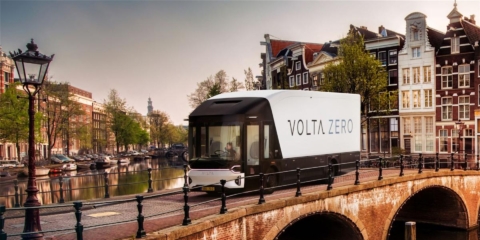

In the future, 3D printing and generative design will allow for products to be designed in a more decentralized manner, and production will take place closer to the customer and fully on-demand. 3D printing technology will also allow for more customization and personalization of products.


The agricultural industry is ripe for disruption. Robotics, AI, and IoT are all technologies that have the potential to radically transform the way we grow food. In combination with vertical farming, these technologies could increase the efficiency and quality of agricultural products.
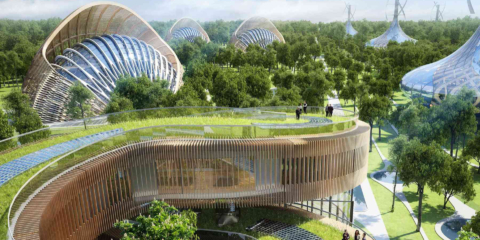
A human-centered society is one that puts people first and where technology is used to unite and empower people. It is a society that values biological life and dignity above all else. It is a society that recognizes the importance of human relationships and works to strengthen them. In a human-centered society, all members of the community are valued and treated with respect.
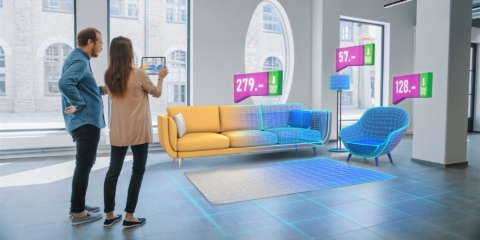
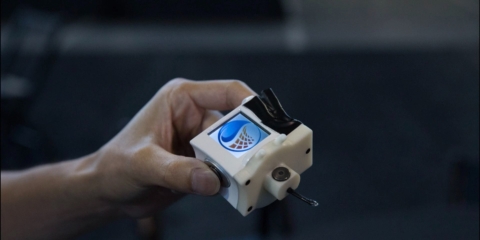
The future of healthcare is here. New technologies like AI, IoT, big data, and smart sensors make it possible to become the CEO of your own health. Imagine that your phone can listen to your voice and AI algorithms can detect small nuances in the tone of your voice that indicate specific diseases.
